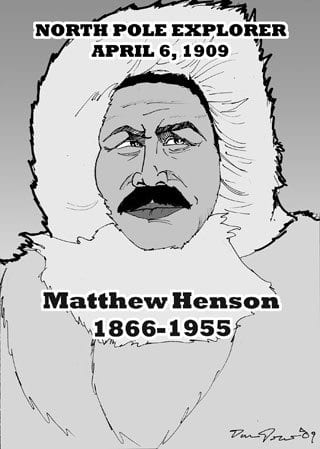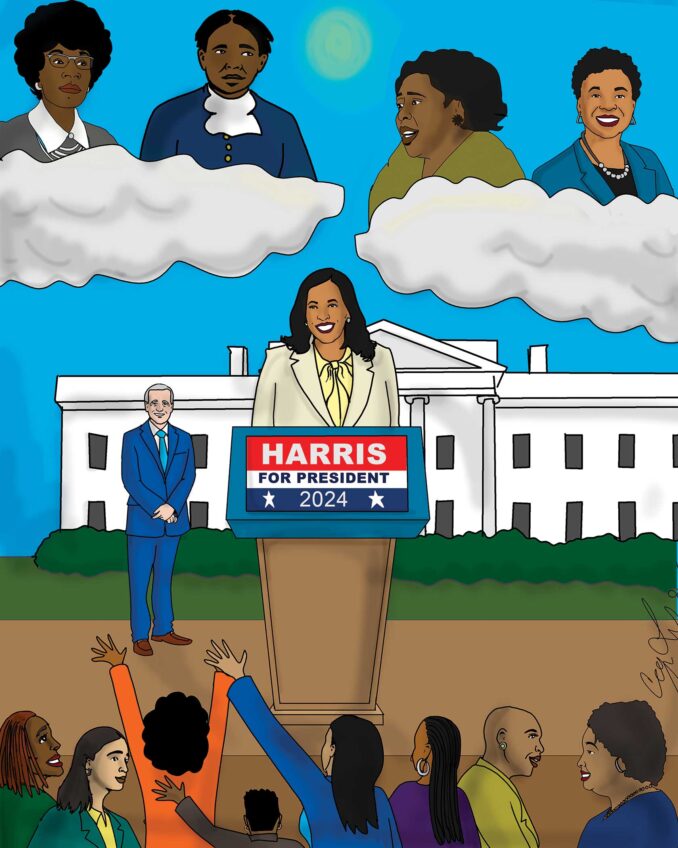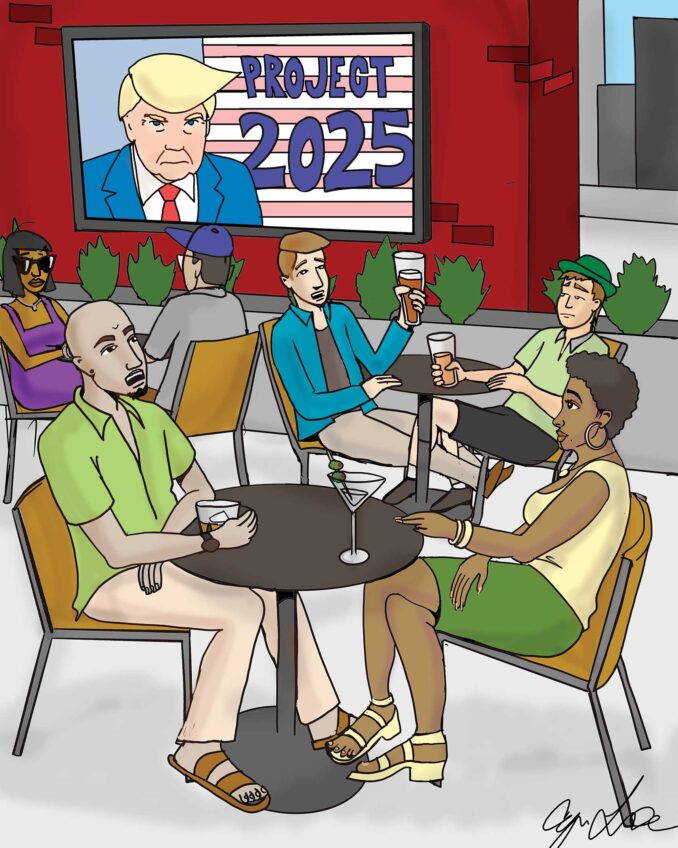
Protecting the legacy
One hundred years ago, on April 6, 1909, Matthew Henson, history’s greatest African American explorer, became the first person to reach the North Pole. That might not seem like such an achievement today, given the many available electronic navigation devices, but back then, extraordinary skill and physical endurance were needed.
As was expected at the time, Commander Robert E. Peary, Henson’s companion on the exploration, received most of the celebrity. At his death, Peary, who was white, was interred in Arlington National Cemetery. Henson was buried in a common grave in Queens, N.Y.
All that changed when Dr. S. Allen Counter of Harvard University decided to restore Henson to the pantheon of black heroes.
In 1987, he brought Henson’s and Peary’s Inuit sons to visit Harvard and arranged for Henson to be reinterred in a proper burial in Arlington National Cemetery. At that time, Counter promised to return to the North Pole to celebrate the centennial of the polar exploration.
The thinning ice cap prevented Counter from going to the North Pole himself. Counter did, however, arrange for the USS Annapolis, a submarine, to break through the ice and conduct a ceremony on the site, and he met with the Inuit families in Greenland.
Future generations of African Americans owe Counter a debt of gratitude for reviving the memory of a great hero whose achievements had been all but forgotten.
Confronting irrelevance
Has the National Association for the Advancement of Colored People (NAACP) outlived its usefulness? The question is certain to arouse heated debate and even some hostility. Commentator Jonetta Rose Barras offered an answer in an April 19, 2009, op-ed piece in The Washington Post.
Barras is unequivocally direct in her commentary, titled “Why We Should Get Rid of the NAACP.” She asserts that “the organization is as anachronistic as colored-only water fountains and white-only bathrooms. Its racial focus perpetrates the evils it claims it wants to eradicate …”
She suggests that to continue to be effective, the NAACP “… could adopt the Bill Cosby agenda and go deeper inside the black community to address beliefs and behaviors that block greater advancement.” In fact, the organization states that its “principal objective is to ensure the political, educational, social and economic equality of minority group citizens of [the] United States and eliminate race prejudice.”
When it was founded 100 years ago, the NAACP had to cite the removal of “all barriers of racial discrimination” as its primary objective. But America has changed in the last 100 years. Indeed, those of ripe age still have vivid memories of the horrors of Jim Crow. However, the younger generation grew up in another kind of world. Their concept of racial abuse is benign compared with classic practices.
The leaders of the NAACP had better recognize that 31 percent of all African Americans were born after 1990, according to a May 2008 U.S. Census Bureau report. The focus of the NAACP must seem quite anachronistic to the younger crowd.
The former president of the NAACP, businessman Bruce S. Gordon, understood that market conditions had changed. He understood the folly of focusing so intently on strategies that might appeal to the old civil rights warhorses, but would have little resonance with the youth. The NAACP’s board had a difference of opinion. Gordon resigned in March 2007 after serving only 19 months in office.
There is still much work to achieve “… the advancement of colored people.” But these days, little of it has much to do with the unconstitutional misconduct of whites.






